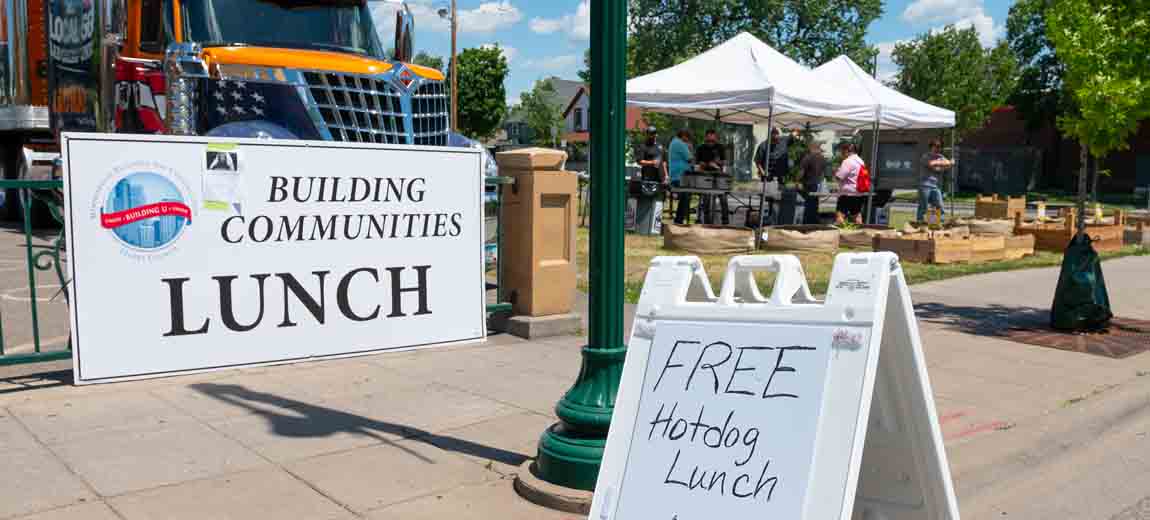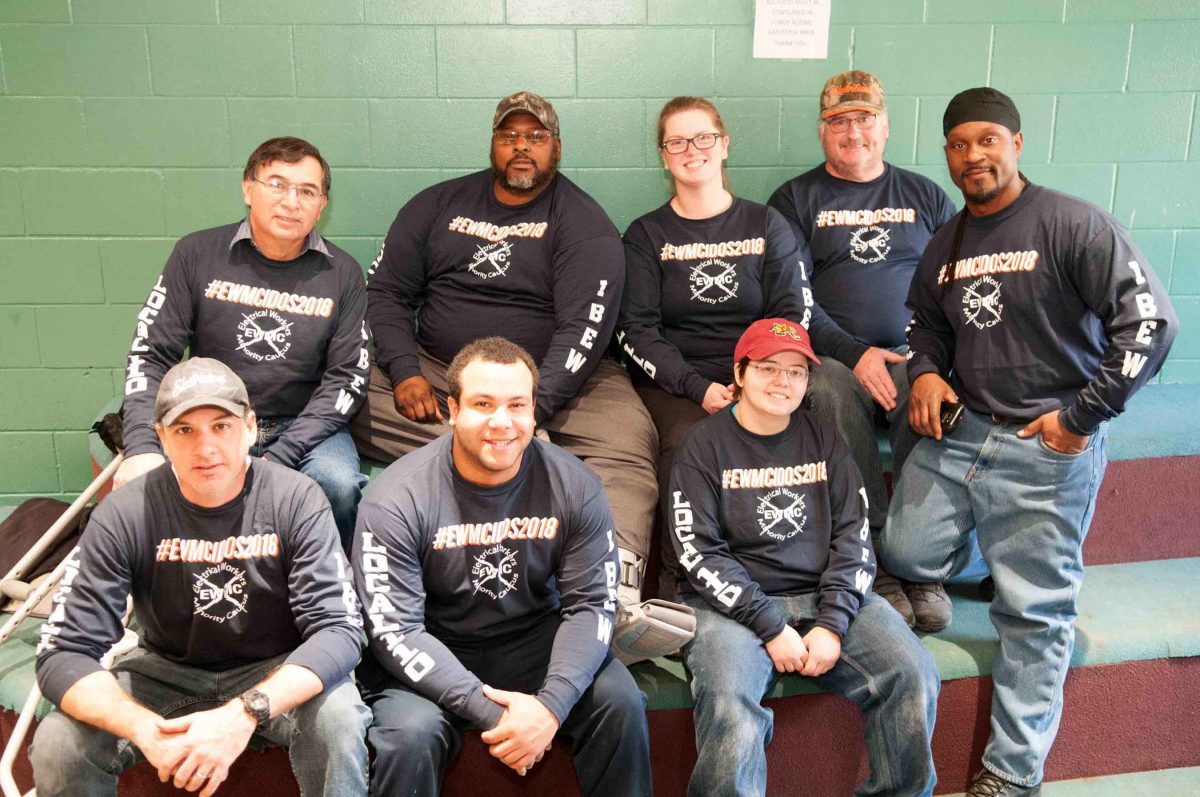The Minnesota Building and Construction Trades Council held an Employer Support of the Guard and Reserves (ESGR) signing ceremony, the first official step in the union building trades becoming a Yellow Ribbon Company.


The Minnesota Building and Construction Trades Council held an Employer Support of the Guard and Reserves (ESGR) signing ceremony, the first official step in the union building trades becoming a Yellow Ribbon Company.

Through a partnership with Destinations Career Academy at Minnesota Virtual Academy (MNVA), the Local 49 Operating Engineers union has successfully integrated their curriculum into high schools in Minnesota.

Gleaming amidst the piles of rubble that were once retail establishments and the boarded up facades of stores still standing on Lake Street in Minneapolis stood the Laborers Local 563 semi tractor trailer. It brought relief, in the way of food, to the neighborhood.

As the weather begins to warm up and the snow begins to melt, another rite of spring begins in Minnesota — the shipping season starts on the Great Lakes.
Residents of Minnesota don’t fear winter. They embrace it. Such was the case on Saturday, Jan. 19, when 100 kids joined their parents to go fishing on Coon Lake as part of the Take Kids Ice Fishing Day, sponsored by…

Giving is the hallmark of the Christmas/Holiday Season. Union people don’t wait until Christmas to help their communities though; they do it year-round. A case in point was the International Brotherhood of Electrical Workers (IBEW) International Day of Service 2018…